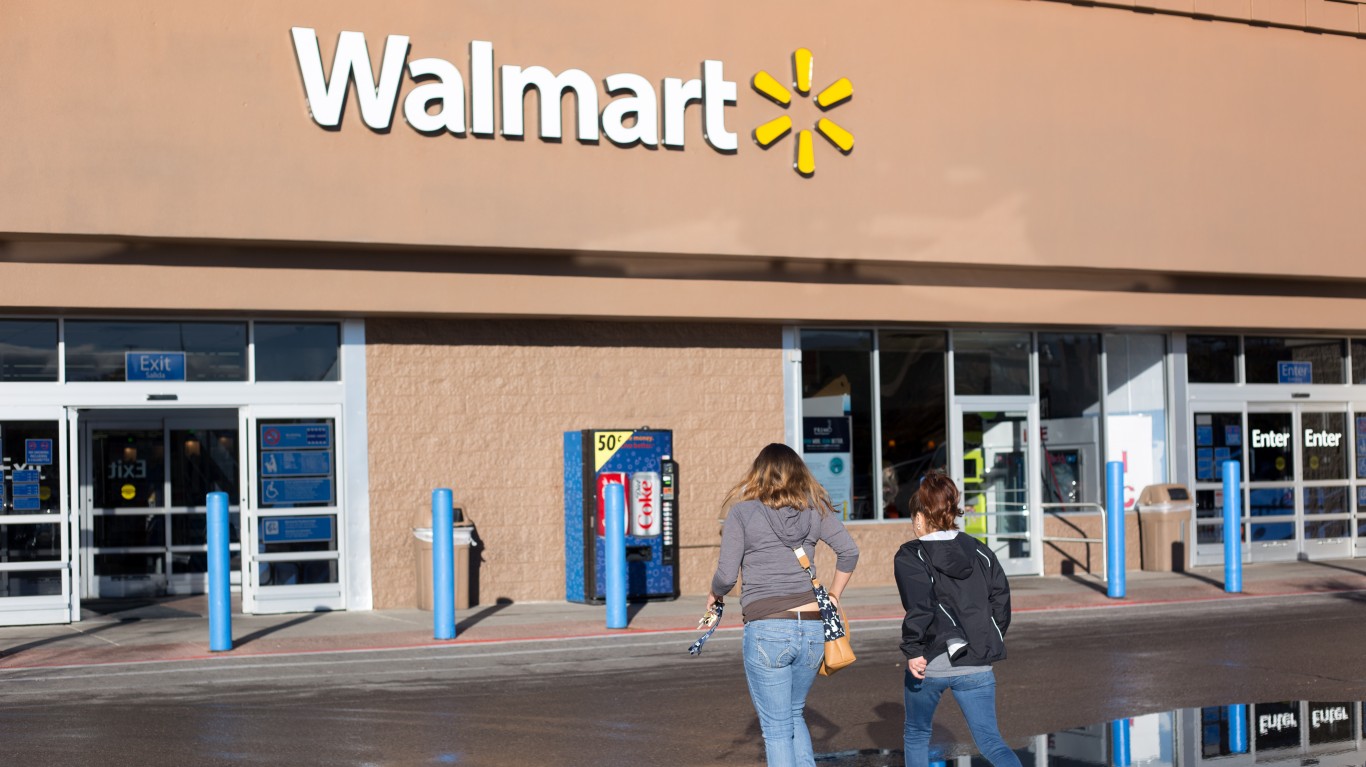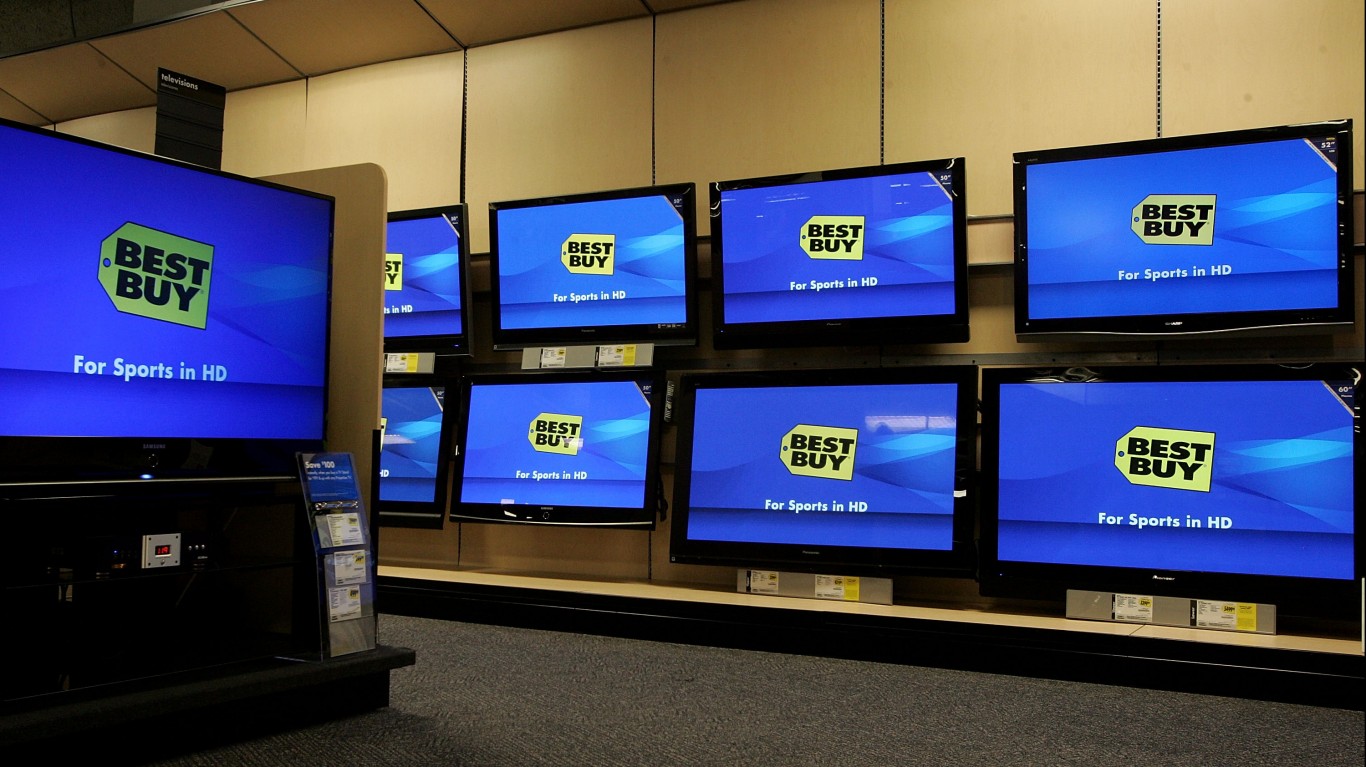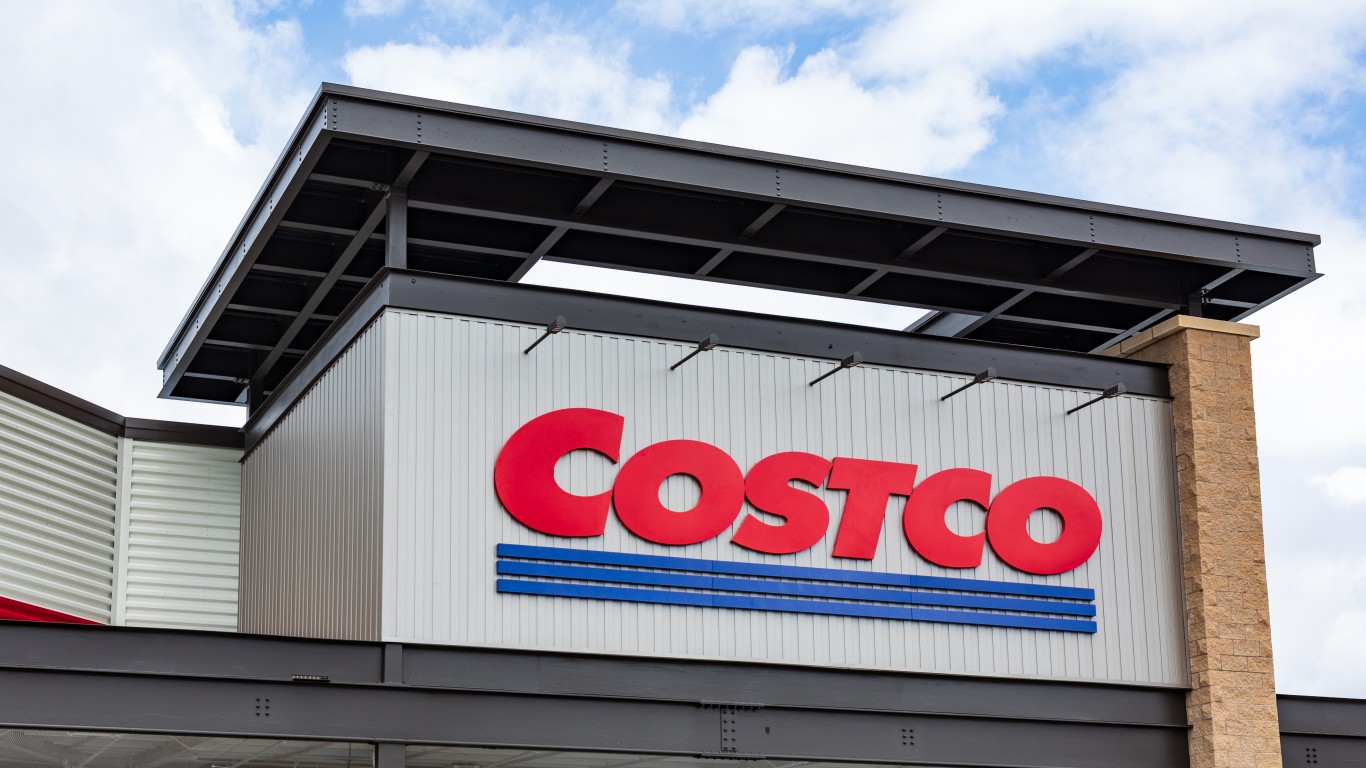
In the realm of retail giants, Costco and Sam’s Club stand out as the titans of bulk sales. Their vast warehouse stores teem with products ranging from groceries to electronics, all available at enticing prices for value-minded shoppers. But beneath the surface of these seemingly straightforward transactions lies a complex world of pricing strategies and calculated decisions.
Before getting into the prices themselves, here’s a look a some of the factors that go into those prices.
Membership fees

Costco (NYSE: COST) has two membership levels: Gold Star and Premium. The former costs $60 annually and the latter costs $120 and comes with a 2% rebate on what customers spend. Sam’s Club also offers two membership levels: Club ($50/year) and Plus ($100/year, with a 2% rebate).
Costco has not raised its membership fees in six years. In 2023 fiscal year that ended in September, Costco membership fees generated $4.58 billion in revenue, more than half the company’s operating income and nearly two-thirds of net income for the year. Sam’s Club last raised its membership fees (by $5 and $10 for Club and Plus, respectively. Walmart reports membership fees and other income of $5.41 billion in fiscal 2023, ended in January, about three times Sam’s Club’s operating income of $1.96 billion.
Stores and Locations
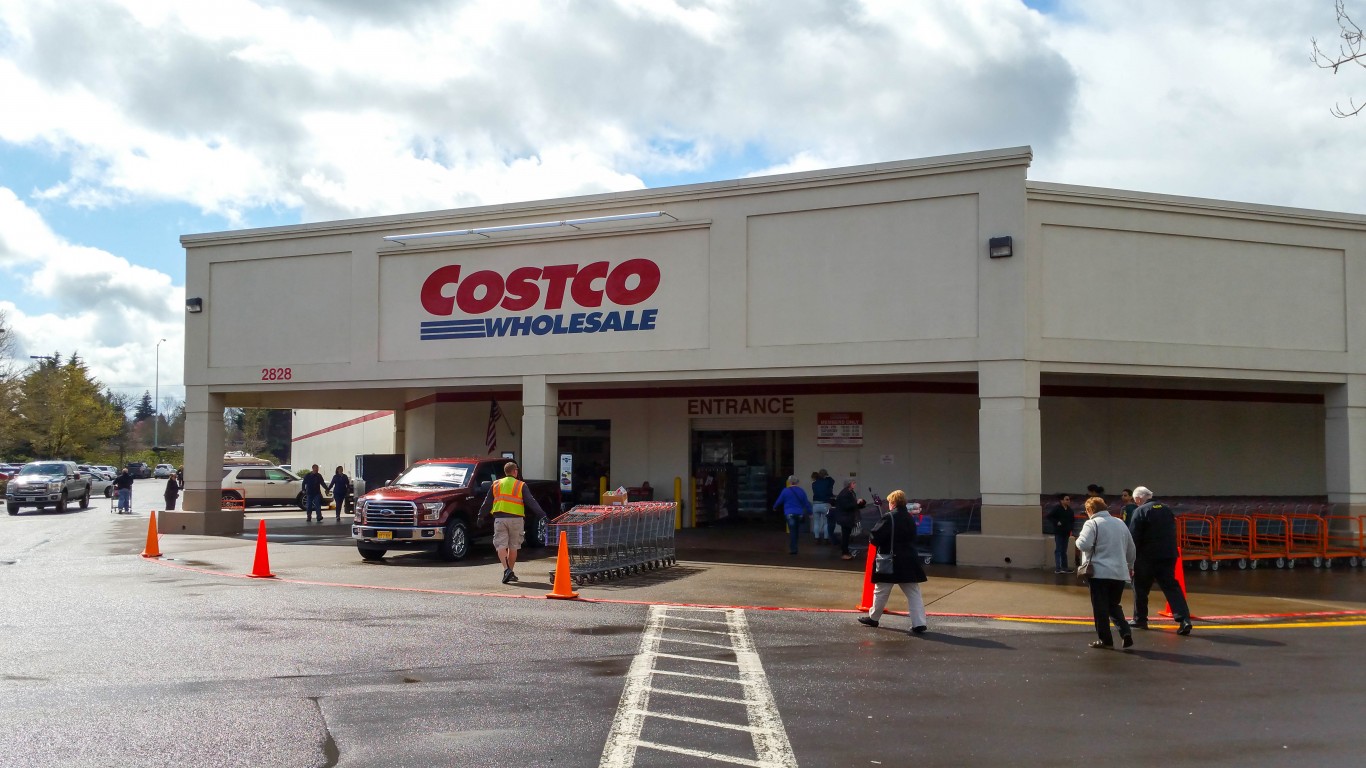
At the end of September, Costco operated 591 U.S. stores in 46 states, the District of Columbia, and Puerto Rico. The company opened its first store in 1983 in Seattle, and its first 10 stores were opened by November 1984 in major cities in Washington, Oregon, California, Arizona, and Texas. There are no Costco stores in Maine, Rhode Island, West Virginia, or Wyoming.
In January 2023, Walmart operated 600 stores in 44 U.S. states and Puerto Rico. The first Sam’s Club store opened for business in Midwest City, Oklahoma, and the first 10 stores opened in major cities in Oklahoma, Texas, and Arizona. Only Alaska, Massachusetts, Oregon, Rhode Island, Vermont, West Virginia, and the District of Columbia are missing.
Products

Both Costco and Sam’s Club have their own brands and labels. Costco owns the Kirkland Signature brand. Kirkland products are manufactured by well-known (and some not-so-well-known) national brands and sold only at Costco stores. Member’s Mark is Sam’s Club’s equivalent to Costco’s Kirkland brand and the products are also manufactured by various unnamed suppliers.
In general, these so-called white-label products are cheaper alternatives to national grocery, household, clothing, and health/beauty brands. These brands are cheaper because they are not advertised or marketed outside the company’s own stores. The savings on those costs is passed along to customers and boosts operating margins and profits for the stores.
But they must maintain high quality standards or customers may choose to purchase more expensive nationally advertised brands. That would defeat the purpose of having the brands in the first place.
Costco and Sam’s Club also sell a variety of products–e.g., clothing, small appliances, and electronics–that are national and international brands. Because both stores such have high sales volume, they can negotiate pricing that other retailers could not hope to receive for nationally advertised brands.
Comparing Prices
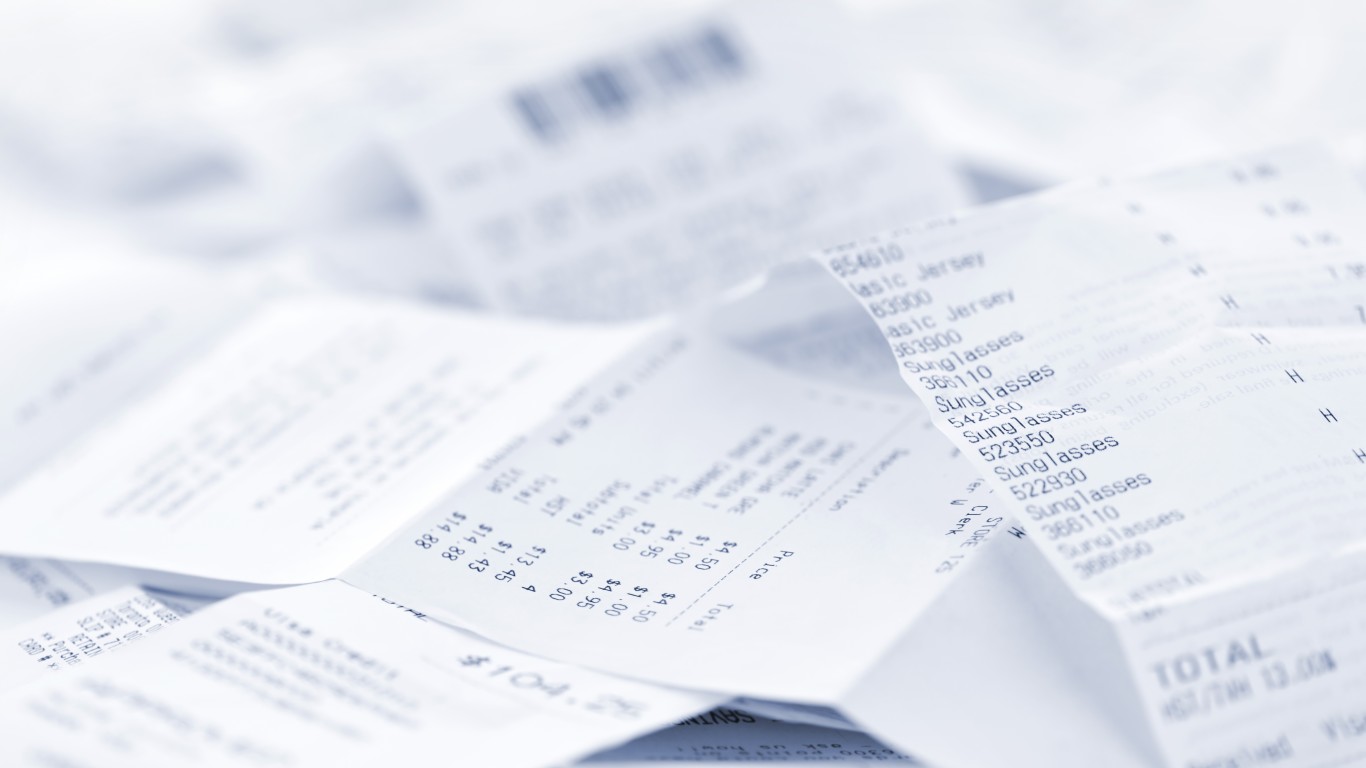
Here are 10 equivalent white-label products that are cheaper at Costco than at Sam’s Club. Prices were sourced on March 1, 2023, using Anthropic’s Claude. Current prices may be different, and many are available for viewing only by members.
| Product | Costco Price | Sam’s Club Price |
| AA Batteries (24-count) | $16.99 | $19.99 |
| Photo Paper (100-sheet) | $14.99 | $17.99 |
| Duracell Quantum AA Batteries (24-count) | $24.99 | $28.99 |
| 3-Ply Facial Tissues (12-pack) | $9.99 | $11.99 |
| Paper Towels (12-roll) | $24.99 | $27.99 |
| Toilet Paper (30-roll) | $29.99 | $33.99 |
| Trash Bags (50-count) | $14.99 | $16.99 |
| Laundry Detergent (150-load) | $24.99 | $27.99 |
| Dishwashing Liquid (2-pack) | $11.99 | $13.99 |
| Cleaning Wipes (75-count) | $9.99 | $10.99 |
Are You Still Paying With a Debit Card?
The average American spends $17,274 on debit cards a year, and it’s a HUGE mistake. First, debit cards don’t have the same fraud protections as credit cards. Once your money is gone, it’s gone. But more importantly you can actually get something back from this spending every time you swipe.
Issuers are handing out wild bonuses right now. With some you can earn up to 5% back on every purchase. That’s like getting a 5% discount on everything you buy!
Our top pick is kind of hard to imagine. Not only does it pay up to 5% back, it also includes a $200 cash back reward in the first six months, a 0% intro APR, and…. $0 annual fee. It’s quite literally free money for any one that uses a card regularly. Click here to learn more!
Flywheel Publishing has partnered with CardRatings to provide coverage of credit card products. Flywheel Publishing and CardRatings may receive a commission from card issuers.
Thank you for reading! Have some feedback for us?
Contact the 24/7 Wall St. editorial team.
